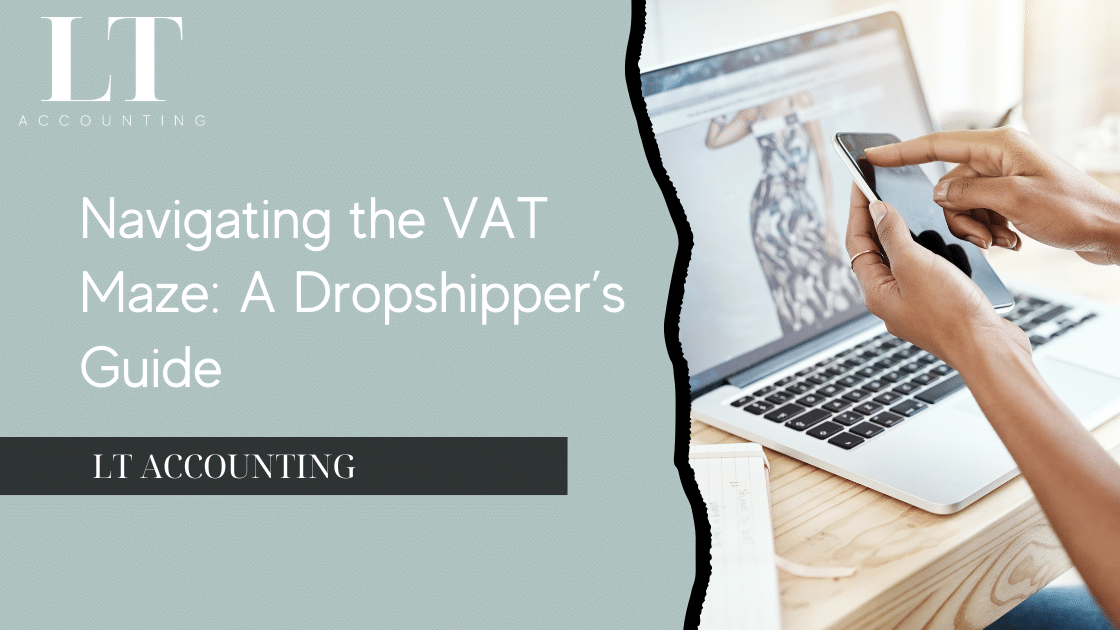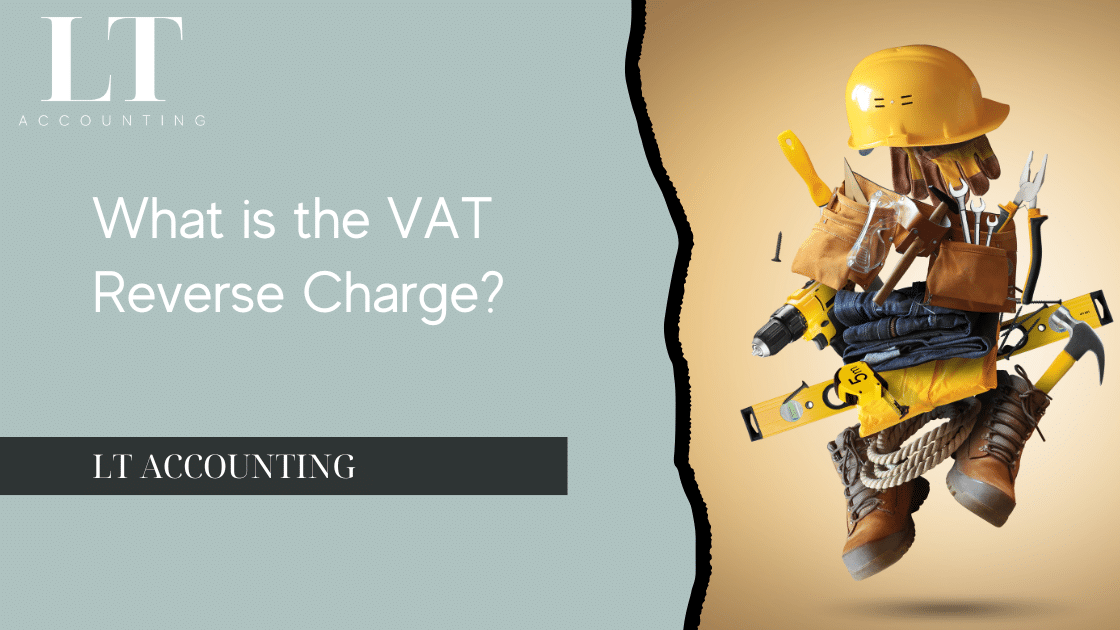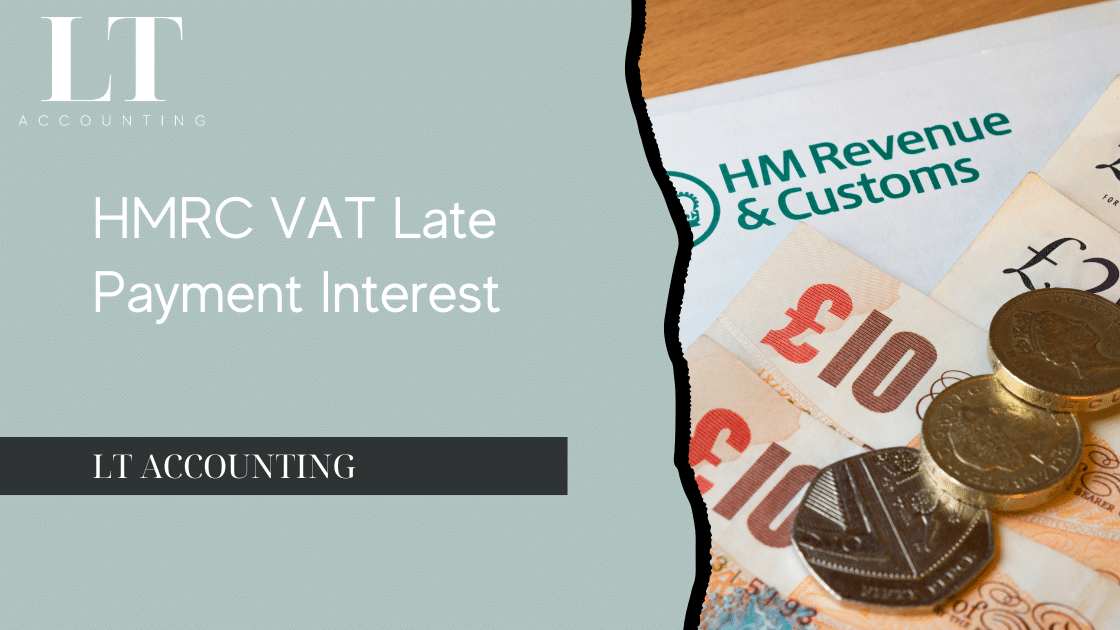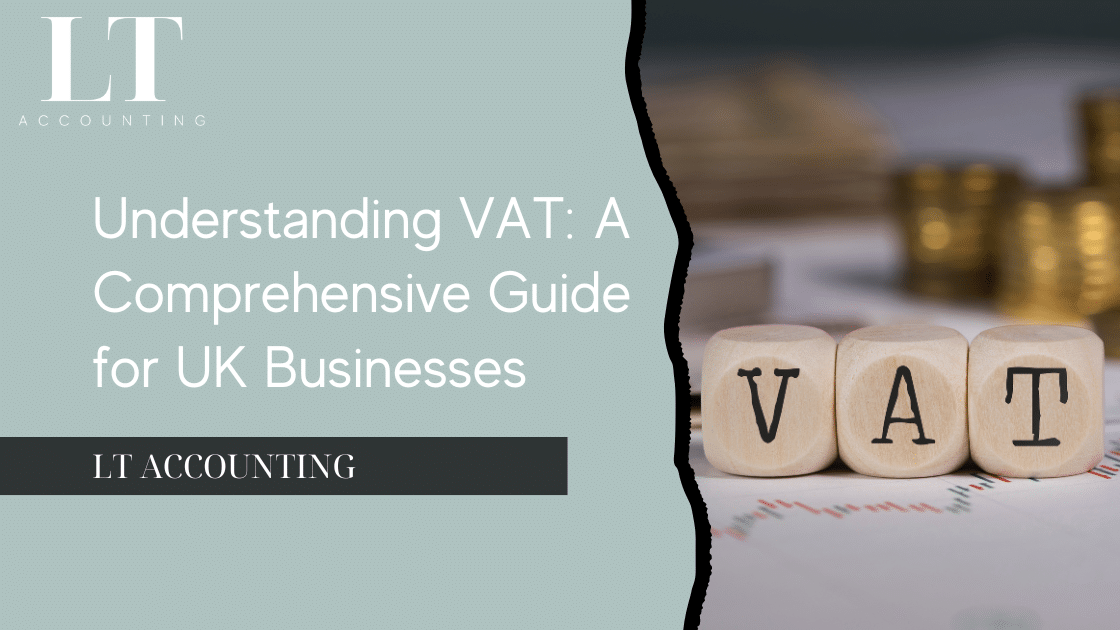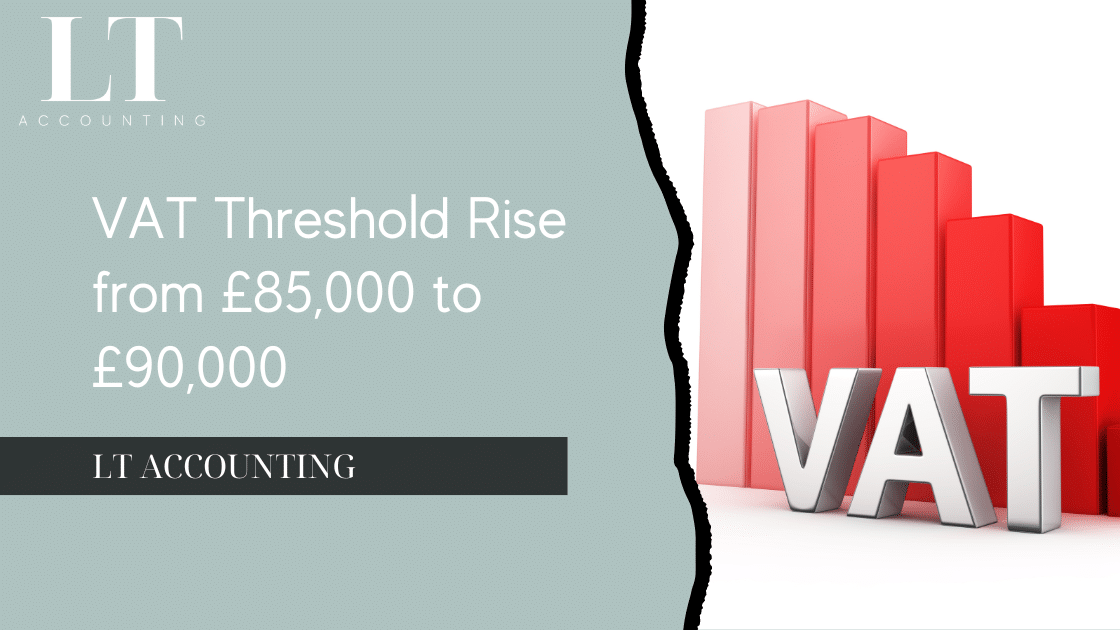Welcome to the VAT Jungle
Ah, the world of online dropshippers! A land full of promise, potential profits, and… paperwork. If you’re a dropshipper, you’re probably more interested in finding the next hot product than figuring out how to file a VAT return. But wait! Before you go chasing those trending items, let’s make sure we’ve got the taxman on our side.
VAT, or Value Added Tax, is a bit like a jungle. It’s vast, dense, and can be a tad intimidating at first glance. But fear not, brave entrepreneur! With a little guidance, you’ll navigate this labyrinth with the grace of a gazelle (or at least a well-prepared tax professional).
Why is VAT so important for dropshippers? Well, it’s a legal obligation if your sales exceed a certain threshold. Plus, getting it right means avoiding hefty fines and keeping your business running smoothly. So, grab a cup of tea (or something stronger) and let’s dive in!
What Exactly is VAT?
For those of you who’ve been living under a rock (or a mountain of unfiled invoices), VAT stands for Value Added Tax. It’s a consumption tax levied on goods and services at each stage of production or distribution. In simpler terms, it’s a tax that’s added to the price of pretty much everything you buy.
As a dropshipper, you’ll be charging VAT on your sales in the UK and possibly in other countries too, depending on where your customers are. The fun part? You get to pay the VAT to the government! But don’t worry, you can often reclaim the VAT you’ve paid on business expenses, so it’s not all doom and gloom.
Understanding VAT is crucial for your business. It affects your pricing strategy, profit margins, and overall financial health. Plus, mastering it means you can sleep soundly at night, knowing HMRC isn’t lurking in the shadows.
VAT Registration: To Register or Not to Register?
To register or not to register, that is the question! In the UK, you must register for VAT if your taxable turnover exceeds the current threshold of £90,000 within a 12-month period. But what if you’re just starting out or your sales are lower? Can you register voluntarily? Absolutely!
Voluntary registration can have its perks. It can enhance your business’s credibility, especially if you’re dealing with other VAT-registered businesses. Plus, it allows you to reclaim VAT on expenses. However, it also means more paperwork and compliance responsibilities, so weigh the pros and cons carefully.
If you decide to take the plunge, the registration process is relatively straightforward. HMRC’s online system will guide you through, but make sure you have all your ducks in a row – business details, bank information, and an iron-clad resolve to conquer the VAT frontier.
The VAT Rate Roulette
Now that you’re registered, it’s time to play the VAT Rate Roulette! In the UK, there are three rates: standard (20%), reduced (5%), and zero. Most goods and services fall under the standard rate, but certain items like children’s car seats and home energy are reduced.
For dropshippers, the standard rate will likely apply to most of your products. However, if you’re selling internationally, be aware that VAT rates can vary drastically. Some countries charge a higher rate, while others may have exemptions for certain items.
Understanding which rate applies to your products is vital. It affects your pricing and compliance, so double-check the rates and save yourself a headache. Remember, knowledge is power, especially when it comes to taxes!
Navigating VAT Compliance: The Do’s and Don’ts
VAT compliance might sound like a snooze-fest, but it’s essential for keeping your business on the right track. So, what are the do’s and don’ts of VAT compliance for dropshippers?
Do keep meticulous records. This means invoices, receipts, and any other documentation that supports your VAT claims. Good records are your best defence in case of an audit.
Don’t forget to file your VAT returns on time. Late submissions can lead to penalties, and nobody wants to give extra money to the taxman, right? Set reminders and stick to deadlines like glue.
Do understand your VAT obligations in other countries. If you’re selling internationally, you may need to register for VAT in those countries too. It’s a complex web, but with a little research and perhaps some professional advice, you’ll avoid getting tangled up.
VAT Invoicing: The Art of Getting Paid
Invoices are the lifeblood of any business. They ensure you get paid, and when it comes to VAT, they’re also a legal requirement. A proper VAT invoice must include specific details like your VAT number, the rate charged, and a breakdown of the VAT included in the sale.
Creating invoices that comply with VAT regulations doesn’t have to be a chore. Many accounting software packages, like Xero, can automate this process, ensuring you tick all the boxes without breaking a sweat.
Remember, a good invoice not only gets you paid but also keeps you on the right side of the law. So, take the time to get it right, and your future self (and your accountant) will thank you.
Cross-Border Conundrums: VAT and International Sales
Selling internationally opens up a world of opportunity, but it also brings a few VAT challenges. Each country has its own VAT rules, thresholds, and rates – keeping track of them can feel like herding cats.
If you’re selling to EU countries post-Brexit, you’ll need to be aware of the One Stop Shop (OSS) scheme. This allows you to account for VAT on all your EU sales in one place, simplifying the process considerably.
For non-EU countries, things can get even more complicated. Research each market thoroughly, and don’t hesitate to seek professional guidance if you need it. The world is your oyster, but it pays to know the rules before you dive in.
Avoiding Common VAT Pitfalls
Even the savviest dropshippers can fall into VAT pitfalls if they’re not careful. Here are some common traps and how to avoid them.
First, don’t ignore the VAT threshold. Keep an eye on your sales and register promptly if you hit the limit. Falling foul of this rule can lead to penalties and backdated VAT bills.
Second, be wary of incorrect invoicing. A simple mistake can invalidate your invoice and lead to compliance issues. Double-check all details, and use software to minimise human error.
Lastly, don’t forget to reclaim VAT on business expenses. It’s a great way to reduce your tax bill, but only if you keep accurate records and submit claims correctly. Stay organised, and you’ll reap the rewards.
The Power of Professional Advice
VAT can be a minefield, but you don’t have to navigate it alone. Professional accountants, like those at LT Accounting, can offer invaluable guidance and support.
An accountant can help you with everything from registration and compliance to cross-border sales and reclaiming VAT on expenses. They’ll keep you on track and ensure your business is as tax-efficient as possible.
If you’re serious about your dropshipping business, investing in professional advice is a no-brainer. It’ll save you time, stress, and potentially a lot of money in the long run.
Embracing the VAT Adventure
VAT might not be the most glamorous aspect of dropshipping, but it’s an essential part of running a successful business. Embrace the challenge, arm yourself with knowledge, and don’t hesitate to ask for help when you need it.
Remember, every successful entrepreneur has faced their fair share of challenges. VAT is just another hurdle on your journey to greatness. So, roll up your sleeves, tackle it head-on, and watch your business thrive.
In conclusion, VAT for online dropshippers doesn’t have to be a nightmare. With a little humour, a lot of knowledge, and maybe a touch of professional help, you’ll navigate this tax jungle like a pro. Happy dropshipping!

